Japanese Holly Fern, Fishtail
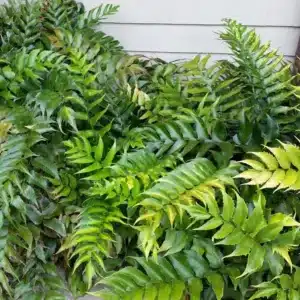
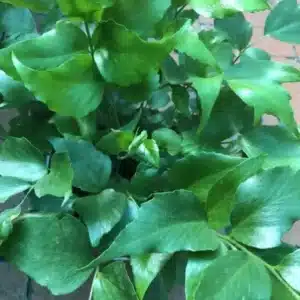
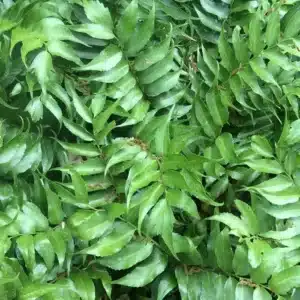

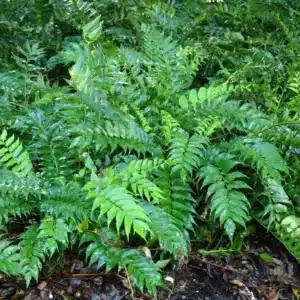
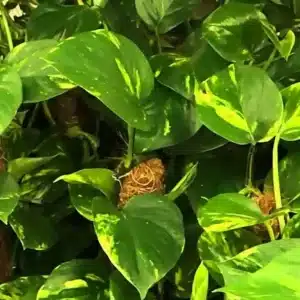
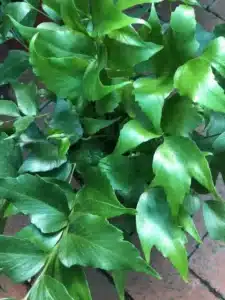

Plant in a shade to part shade area of the garden, in moist but well draining acidic soil. Cannot survive in icy areas. Makes a healthy house plant since it does not have heavy light requirements and can withstand dryer air than most ferns. To propagate, simply dig up a section of the rootstock or a few rhizomes and plant elsewhere. You can also propagate by sowing the spores but this leads to much slower results. To try this method take a healthy frond from the plant and place in a plastic bag until it dries. Shake the frond so the spores loosen and drop off. Place the spores in a peat mixture in a pot and set the pot in a saucer of water so the moisture can seep up from the bottom. Then place the dampened pot of peat into a plastic bag in a sunny warm location. Results are slow – up to two to three months before small fronds appear coming out of the soil.
Water the holly fern regularly, usually about an inch weekly, and if the plant is indoors, allow the soil to dry on top before watering.
None necessary, but if preferred, holly fern can be fertilized with a diluted solution of balanced slow-release fertilizer or fish emulsion in the spring after new growth appears. Do not over fertilize as these plants are damaged by too much fertilizer.
The only necessary pruning is the removal of dead or brown leaves or fronds.
Can develop root rot if soil is allowed to remain too wet. Rarely gets leaf spots or fungal spots but if it does, off the fronds with spotted leaves.







